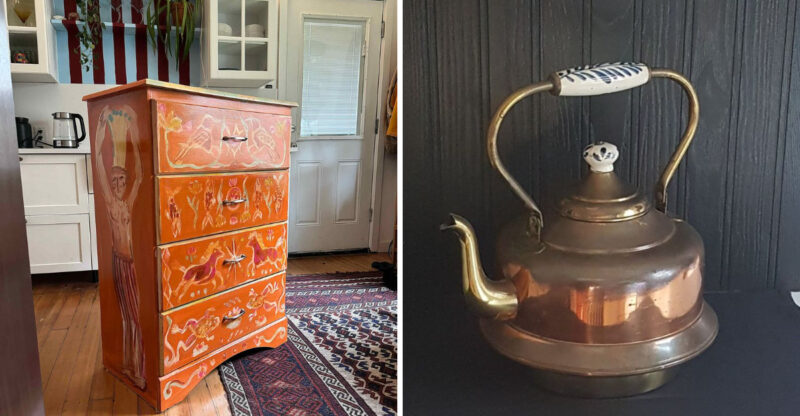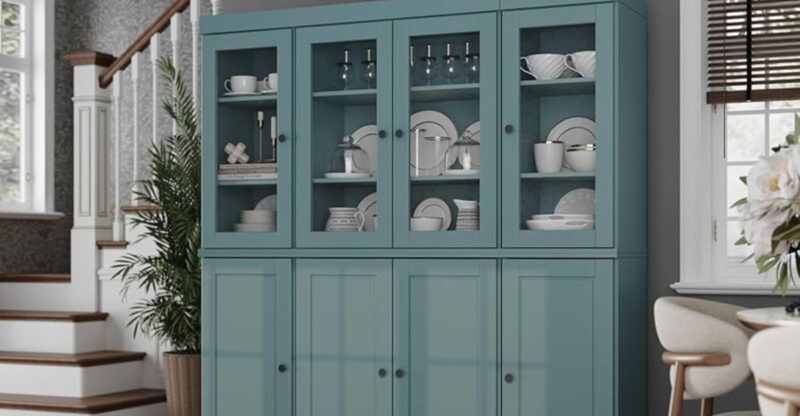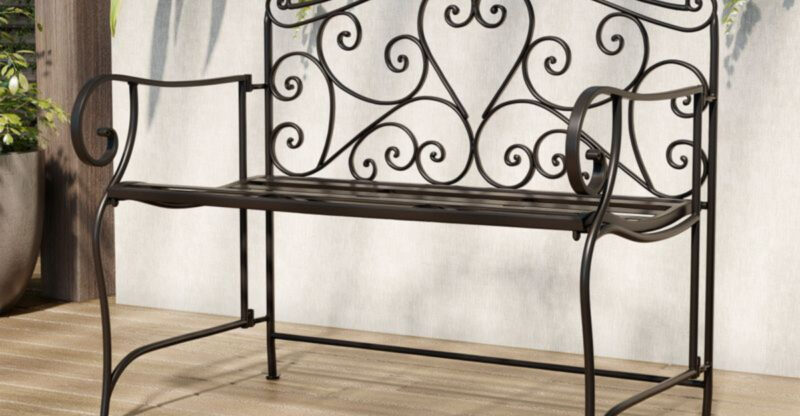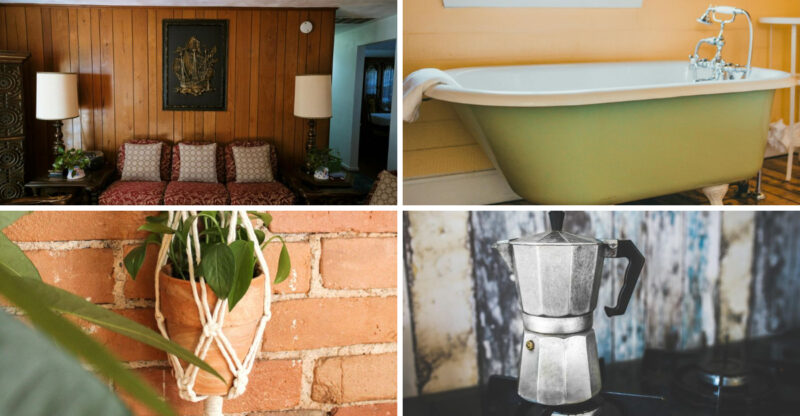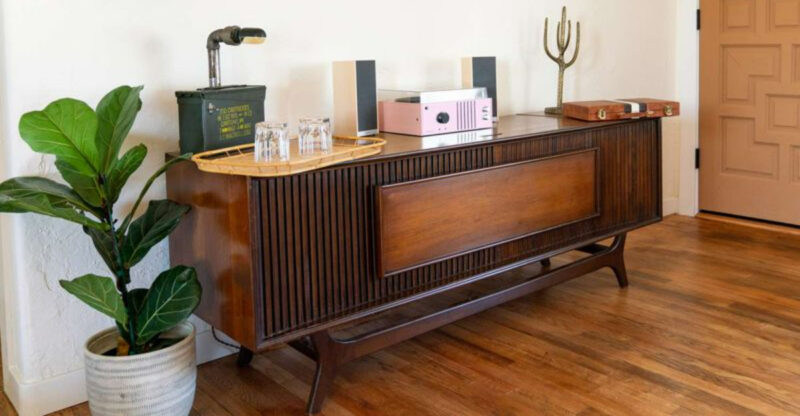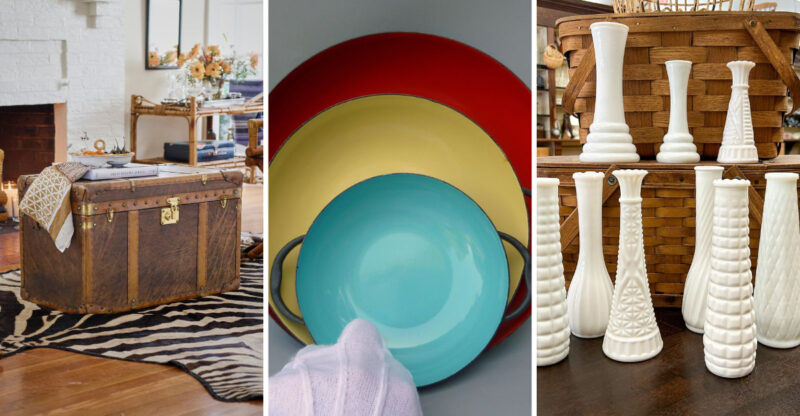14 Grandma’s Living Room Items That Have Lost Their Value (And 6 That Never Even Had It)

Remember walking into Grandma’s living room? That special space filled with treasures she swore would be worth a fortune someday. Well, times have changed, and so has the antique market.
Some once-valuable items have plummeted in worth, while others were never the investment pieces Grandma thought. Let’s peek behind the lace curtains at what’s hot and what’s definitely not in the world of vintage home decor.
1. Porcelain Figurines
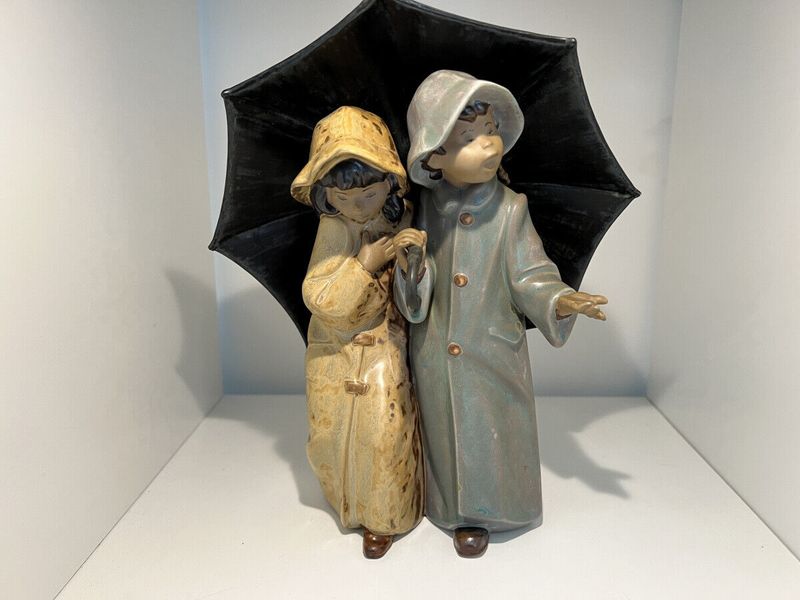
Once prized collectibles now gather dust in thrift stores nationwide. Those delicate dancers and shepherdesses that Grandma displayed so proudly have tumbled from grace in today’s market.
Porcelain figurines from brands like Hummel and Lladró that once commanded hundreds now sell for a fraction of their original price. Younger generations simply aren’t interested in these fragile dust-catchers.
2. Crystal Glassware
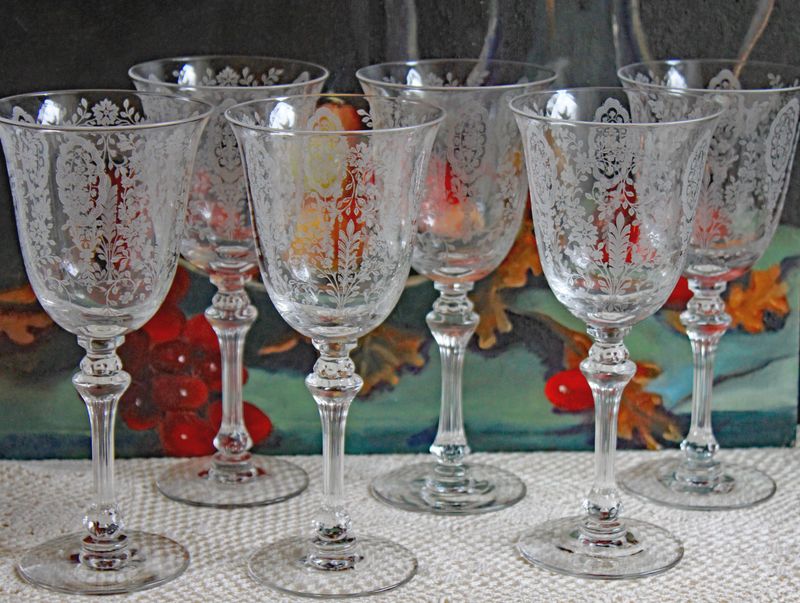
Sparkling under cabinet lights but rarely used – that’s the fate of Grandma’s precious crystal. Formal entertaining has declined dramatically, making those special-occasion glasses practically obsolete.
Crystal collections from Waterford or Swarovski that cost a small fortune now sell for pennies on the dollar. Modern households prefer dishwasher-safe, casual glassware that doesn’t require special handling or storage.
3. Commemorative Plates

Limited edition? Not so limited after all. Those collector plates featuring everything from royal weddings to Norman Rockwell scenes were mass-produced by the millions.
Bradford Exchange and Franklin Mint marketed these plates as investments that would appreciate over time. Reality check: most now sell for $5-10 at estate sales, if they sell at all. The commemorative plate bubble has well and truly burst.
4. Heavy Formal Draperies

Remember those thick, pleated curtains with valances and tiebacks? Today’s homeowners are running in the opposite direction. Heavy window treatments that block natural light have fallen dramatically out of favor.
Formal draperies represented elegance in Grandma’s day. Modern design embraces simplicity and light, making these ornate window coverings look dated rather than distinguished. Even well-made vintage curtains often end up donated.
5. Silver-Plated Serving Pieces

Tarnished treasures fill estate sales across America. Silver-plated serving trays, tea sets, and candlesticks that required constant polishing have lost their luster in more ways than one.
These once-prestigious items represented proper hospitality. Modern entertainers opt for low-maintenance stainless steel or contemporary designs. The hours spent polishing silver for holiday gatherings are now considered time better spent elsewhere.
6. Doilies And Table Runners
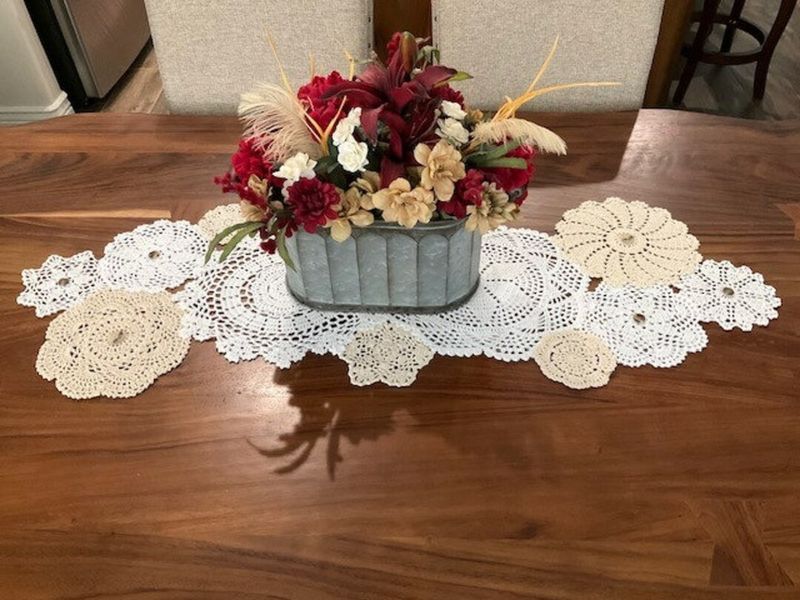
Crocheted with love and patience, these intricate fabric pieces protected furniture while adding a decorative touch. Handcrafted doilies represented hours of skilled work and household pride.
Sadly, the market for handmade lace and crochet work has collapsed. Despite the remarkable craftsmanship, these items now sell for next to nothing at estate sales. The delicate artistry goes unappreciated by modern decorators.
7. Encyclopedias

Those impressive leather-bound books that signaled intelligence and learning now struggle to find homes. Complete encyclopedia sets once cost thousands and were displayed prominently in living rooms.
Encyclopedia Britannica and World Book collections have been rendered obsolete by the internet. Even free book exchanges often refuse these outdated information sources. The digital revolution has transformed these once-valuable reference sets into recycling challenges.
8. Grandfather Clocks
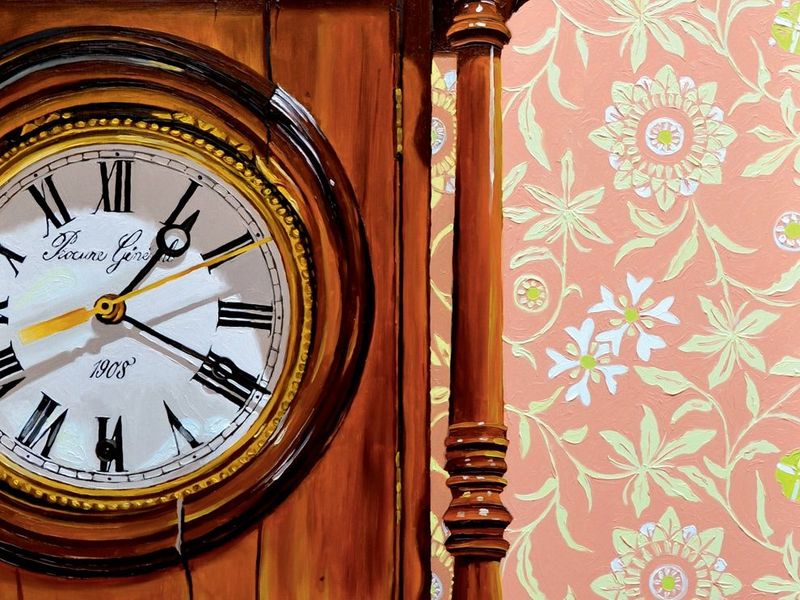
Majestic timepieces that once represented family legacy now struggle to find new homes. Their imposing size and maintenance requirements make them impractical for modern living spaces.
Grandfather clocks from brands like Howard Miller or Seth Thomas required regular winding and adjustment. Today’s homeowners prefer sleek, maintenance-free timekeeping options. Even well-crafted antique clocks often sell for less than the cost of moving them.
9. Collector Figurines
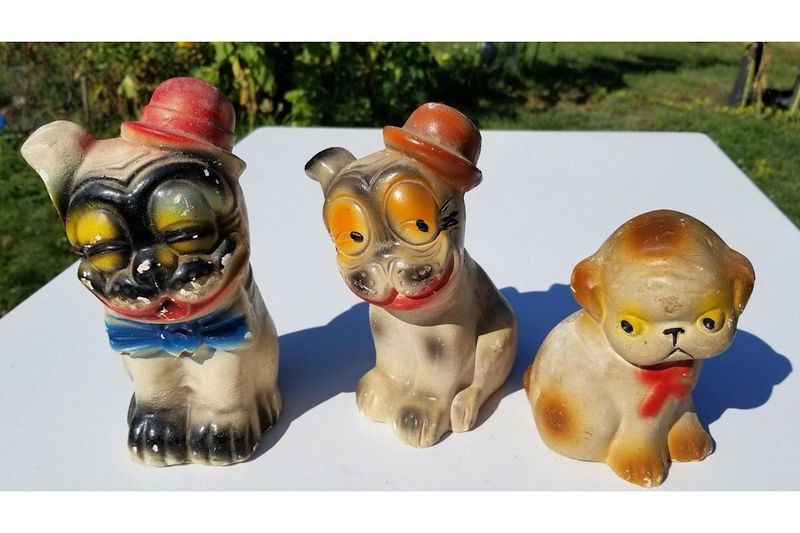
From Precious Moments to Beanie Babies, these mass-marketed collectibles promised future returns that never materialized. Countless grandmothers invested in these cute figurines believing they were securing their retirement.
The secondary market for most collectible figurines has collapsed completely. Items that once sold for hundreds now fetch mere dollars at resale shops. The lesson? True collectibles are rarely marketed as such from the beginning.
10. Ornate Picture Frames
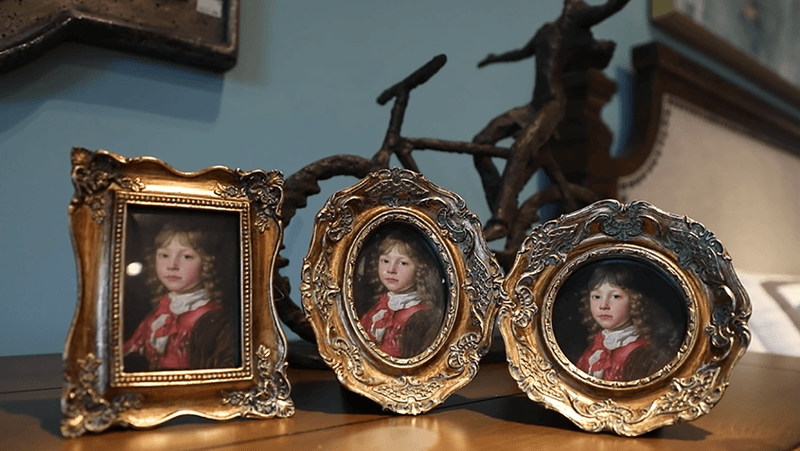
Gilded, carved, and often oversized, these frames were once status symbols in formal living rooms. Family portraits deserved elaborate presentation in Grandma’s decorating philosophy.
Ornate frames have fallen victim to the minimalist movement. Modern photo display leans toward simple, clean lines or digital frames. Vintage frames, unless truly antique or by known makers, now sell for a fraction of their original cost.
11. Curio Cabinets
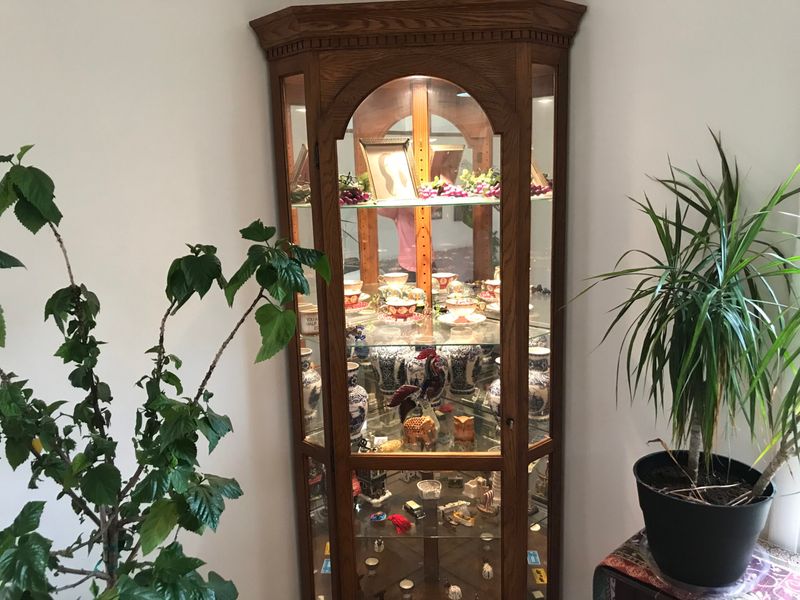
Those glass-fronted display cases for showing off treasured trinkets have lost their appeal. Designed specifically to showcase collections, curio cabinets were once living room centerpieces.
Modern homes rarely dedicate precious square footage to displaying knickknacks. The formal, static nature of curio displays feels outdated in today’s casual living environments. Even high-quality cabinets now sell for a fraction of their original price.
12. Decorative Collector Plates
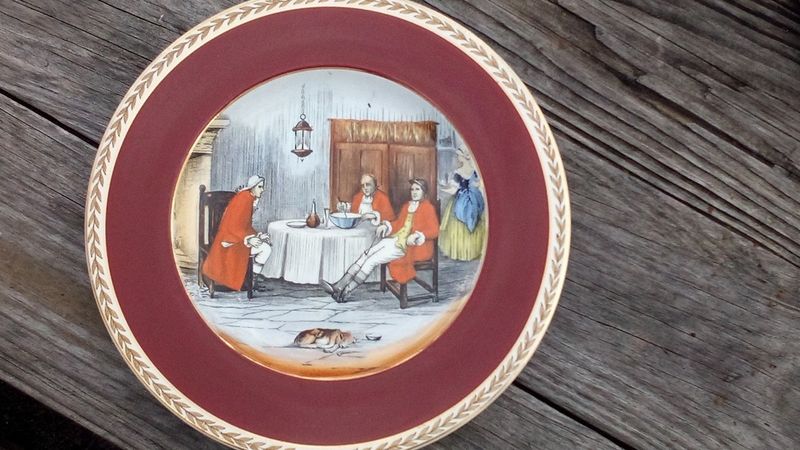
Beyond commemorative editions, those decorative plates featuring everything from wildlife to country scenes were marketed as investments. Special hanging hardware was even sold to display these “treasures” properly.
The collector plate market has completely collapsed. Plates that sold for $50-100 new now struggle to fetch $5 at resale. Entire collections that cost thousands are now worth less than the display racks they hang on.
13. China Cabinets
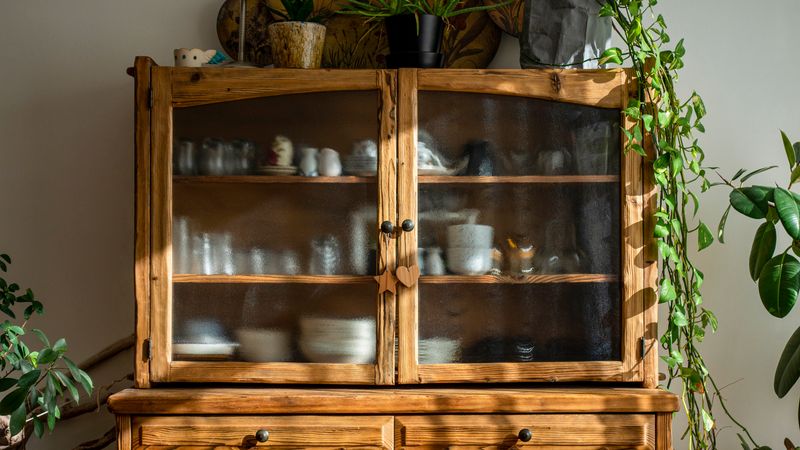
Massive wooden behemoths that dominated dining rooms are now practically being given away. The formal dining lifestyle they represent has fallen out of fashion with modern families.
China cabinets once symbolized status and proper entertaining. Today’s homeowners prefer open shelving and minimalist storage solutions that don’t demand an entire wall of space or regular dusting sessions.
14. Floral Upholstered Furniture
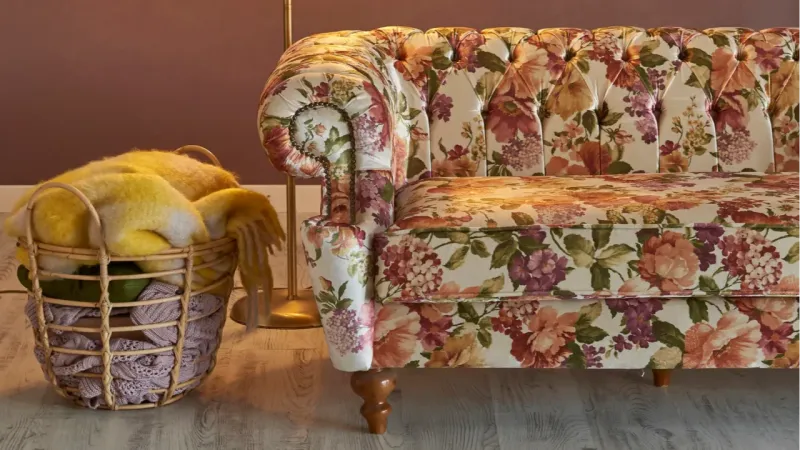
Massive floral sofas with matching chairs once represented the height of living room fashion. These overstuffed pieces with busy patterns were designed for formal sitting rooms that rarely saw actual use.
Today’s furniture market values clean lines and neutral fabrics. Vintage floral upholstery, no matter how well-preserved, looks dated to modern eyes. Even quality-made pieces from respected manufacturers now sell for a fraction of their original price.
15. Plastic Slip Covers
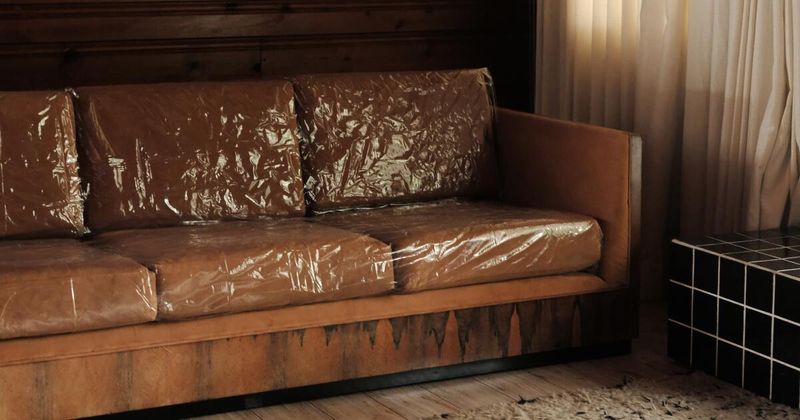
Nothing says “don’t sit here” quite like furniture wrapped in clear plastic. This peculiar preservation method aimed to protect “good” furniture while making it spectacularly uncomfortable to actually use.
Plastic slip covers were never valuable, just practical in Grandma’s mind. They represented the paradox of saving nice things by making them unusable. Modern homes embrace the radical notion that furniture should be both attractive and functional.
16. Artificial Flowers
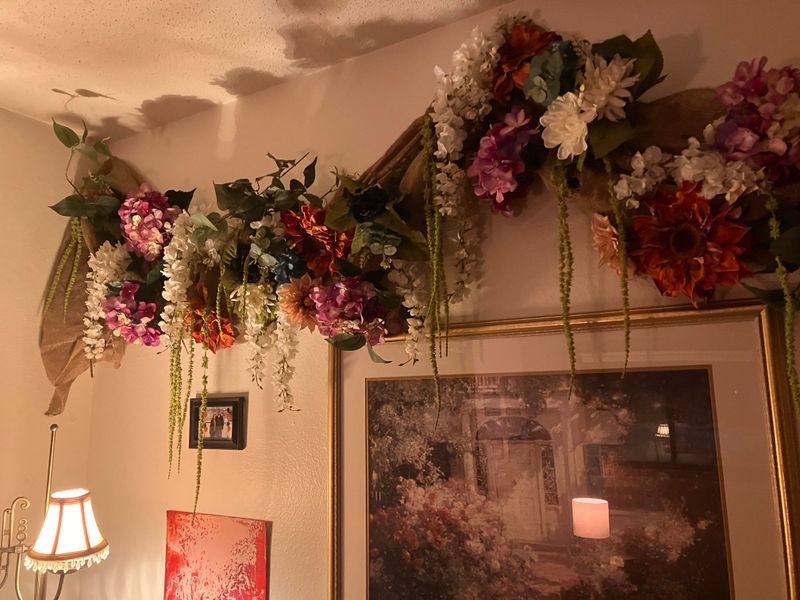
Dusty fabric roses and plastic ferns arranged in heavy ceramic vases were living room staples. These permanent arrangements eliminated the need for fresh flowers while accumulating an impressive coating of dust.
Artificial flowers were never particularly valuable, despite their ubiquity in formal living rooms. Modern fake botanicals have improved dramatically in quality and appearance. Those vintage cloth and plastic arrangements now look obviously fake to contemporary eyes.
17. TV Trays

Folding snack tables with stands were revolutionary when television dinners became popular. These portable surfaces allowed families to eat while watching their favorite programs – a radical concept at the time.
TV tray sets were utilitarian rather than valuable. Though vintage sets occasionally spark nostalgia, they hold minimal collector value. Modern homes have integrated entertainment and dining in ways that make these specialized pieces unnecessary relics of a bygone era.
18. Macramé Wall Hangings

Knotted creations featuring owls and plant holders dominated walls in the 1970s. These handcrafted textile pieces represented hours of work and were proudly displayed in many grandmothers’ homes.
Original macramé pieces hold little value today, despite their recent comeback in modern decor. The craftsmanship goes unappreciated in resale markets. Ironically, new macramé pieces now sell for more than vintage originals from the craft’s heyday.
19. Decorative Thimble Collections
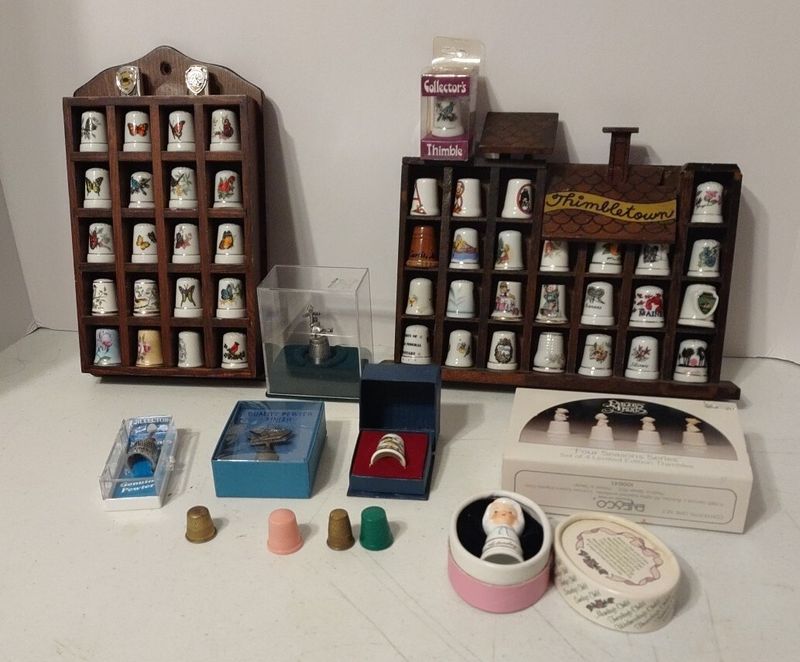
Tiny treasures arranged in special display cases represented travels and commemorative events. These miniature collectibles took up minimal space while allowing Grandma to show off her sophisticated collecting habits.
Thimble collections were never particularly valuable despite their popularity. The market for these tiny mementos has all but disappeared. Entire collections that took decades to amass now sell for less than the cost of the display case they’re housed in.
20. Faux Colonial Decor

Eagle motifs, “Early American” furniture, and reproduction colonial items surged in popularity around the 1976 Bicentennial. These mass-produced pieces mimicked colonial styles without the craftsmanship or materials of true antiques.
Reproduction colonial items were never valuable antiques, despite their aged appearance. The market for these faux-historical pieces has collapsed completely. Items once prominently displayed as heritage pieces now populate the darkest corners of thrift stores nationwide.

